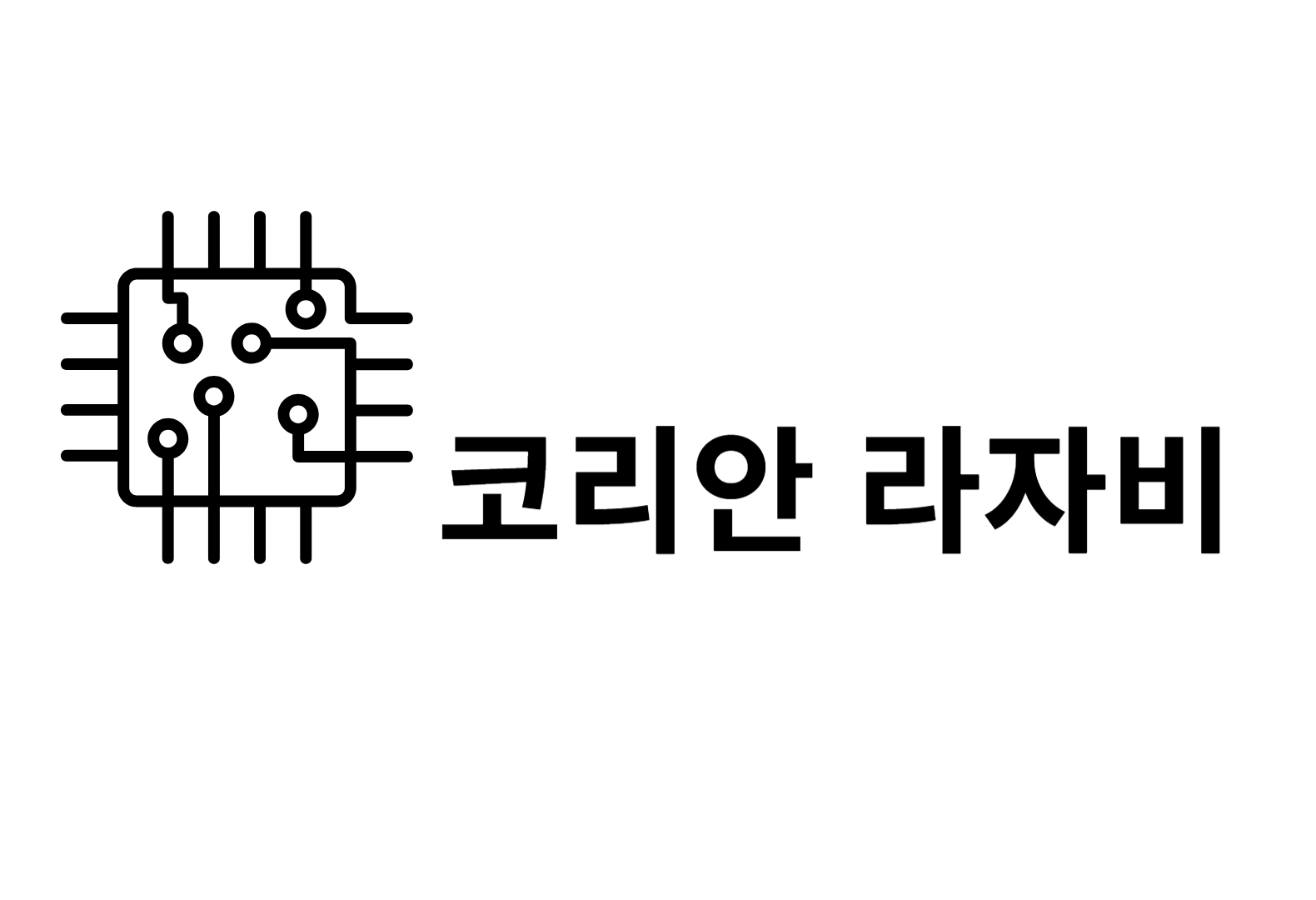While learning electronic engineering, the principles themselves were interesting and fun, but in the past, there was no one who told me why I was learning this or how to use it (even if there was, I may not have understood it...) As time passed, I steadily learned about electronic circuits. Since I had better knowledge than before while studying, I thought it would be a good idea to share that information, so I started a blog despite my limited skills.
As everyone knows, analog signals are continuous signals. The values are continuous rather than discontinuous. Most signals that exist in nature are analog signals. Visible objects are continuous visible light, and audible sounds are continuous waves transmitted by a medium. On the other hand, digital signals are signals with discrete values. The 0 and 1 of binary numbers that we basically know are one of the digital signals, and most of the money we use is a discontinuous digital signal with a minimum currency of 10 won. (Strictly speaking, digital signals only change discontinuously in value. The time at which a value changes is also a discontinuous signal (for example, the second hand of a clock moves one step every second).

So what does knowing analog signals and digital signals have to do with learning circuits? An electronic circuit is basically a circuit made up of passive elements such as resistors and capacitors and active elements such as MOSFETs and BJTs. We design circuits by combining these circuits. As the circuit industry develops, semiconductors begin to be used in numerous electronic products such as IoT and sensors.
Let's take a cell phone as an example. Your phone can record and play back the recorded files. At this time, the voice we are talking about is an analog signal. The AP chip in the cell phone receives analog signals using sensors and stores them in some form of data. At this time, if you save it in the form of an analog signal, various difficulties may arise. It is vulnerable to noise generated during the recording process, and it is difficult to preserve analog data intact. That is why we convert it into digital data and store it. The advantage of converting and storing digital data is
1. Because data is stored as discrete values, preservation of stored data is much easier.
2. Compared to analog data, it is much easier to restore through the DSP (digital signal processing) process.
3. The process of calculating data digitally is much easier than calculating data using analog.
There are advantages such as: That's why we prefer digital data. This is because the power consumption is much smaller than when dealing with analog signals, and the calculation speed is much faster.

Here, analog circuits and digital circuits are now divided. Circuits that use analog signals as input and output are usually called analog circuits, and circuits that use digital signals as input and output are usually called digital circuits. And between these two areas, ADC and DAC convert data from analog to digital and from digital to analog.
Therefore, people who do digital circuits usually design with standard digital cells according to FO4, etc., rather than directly sizing the MOSFET. In reality, most of these are coded in Verilog and are designed using the Synthesis tool. Everything from simple counters to blocks for PIM are designed through coding.
Analog designers, on the other hand, usually design amplifiers, LDOs, PLLs, etc. Rather than simply using standard cells, these blocks must be designed by adjusting the length and width of the circuit and laying them out according to the usage environment and specifications. Therefore, analog design is much more difficult than digital design.
'Semiconductor > Electronics : Basic' 카테고리의 다른 글
| MOSFET : Changes with Width and Length (0) | 2024.02.21 |
|---|---|
| MOSFET as a switch (Analog circuits vs Digital circuits) (0) | 2024.02.17 |
